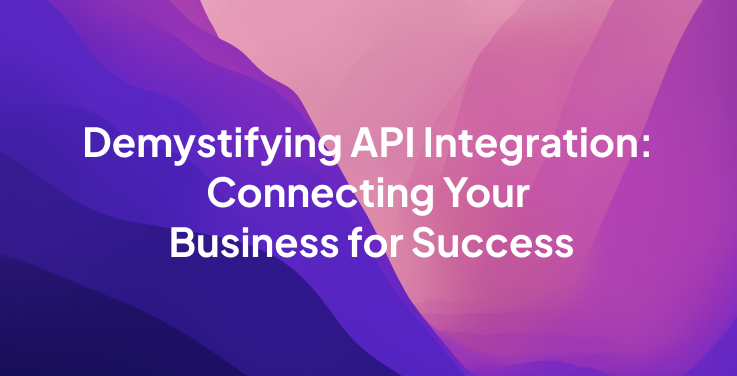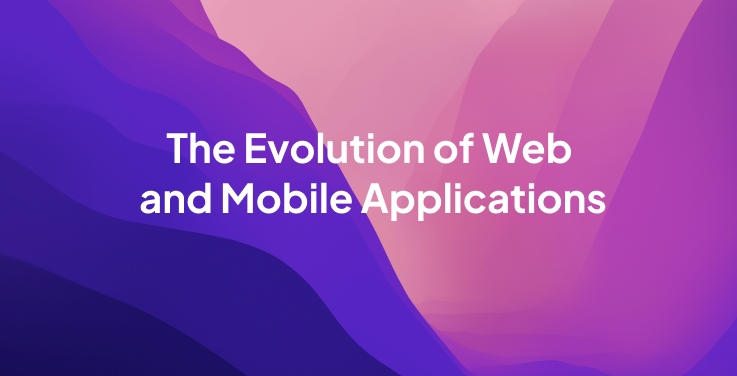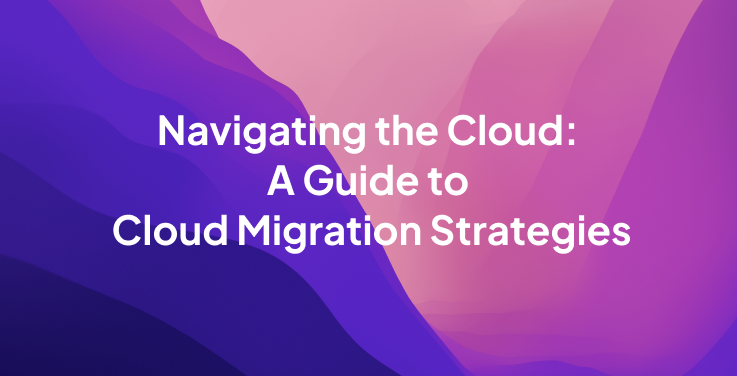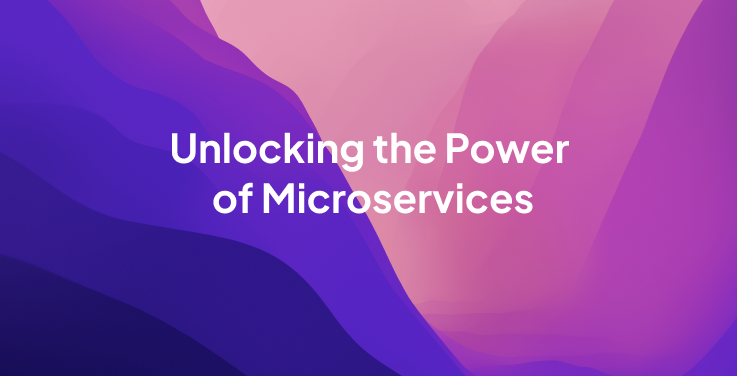Demystifying API Integration: Connecting Your Business for Success
In the intricate web of modern business operations, a hidden hero quietly powers the seamless exchange of information and functionality between diverse software applications: API Integration. This blog post serves as your compass through the labyrinth of API integration, unveiling its complexities and illuminating how it fuels efficiency and innovation in today’s digital landscape.
APIs Unveiled
At the heart of API integration lies a fundamental concept: Application Programming Interfaces (APIs). We commence by:
1. Defining APIs: Explain what APIs are, their role as intermediaries between software systems, and how they facilitate data exchange and functionality extension.
2. Bridging Software Systems: Highlight the pivotal role APIs play in connecting disparate software systems, enabling them to communicate, collaborate, and seamlessly share data.
Integration Challenges
The path to successful API integration is not without its hurdles. We explore:
1. Data Synchronization: Discuss the challenge of ensuring data consistency between integrated systems. Explore strategies for real-time data synchronization and how businesses can avoid data discrepancies.
2. Authentication: Delve into the critical aspect of authentication in API integration. Emphasize the importance of secure authentication mechanisms to safeguard data and prevent unauthorized access.
3. Versioning: Explain the complexities of managing API versioning as systems evolve over time. Discuss strategies for handling backward compatibility while introducing new features and improvements.
API Integration Patterns
API integration comes in various flavors, each with its unique strengths. We uncover:
1. Point-to-Point Integration: Explore the simplicity of point-to-point integration, where two systems communicate directly. Discuss its suitability for straightforward connections.
2. Hub-and-Spoke Integration: Introduce the concept of hub-and-spoke integration, where a central hub facilitates communication between multiple systems. Showcase scenarios where this pattern shines, such as in data warehousing.
3. Event-Driven Architecture: Dive into the world of event-driven architecture, where systems react to events and trigger actions. Provide real-world examples, such as real-time analytics and chat applications.
Microservices and API Economy
API integration is intricately linked with the rise of microservices and the API economy. We explore:
1. Microservices Defined: Explain the concept of microservices, where applications are composed of small, independently deployable services. Discuss how this architecture promotes modular, scalable systems.
2. API Economy: Uncover the symbiotic relationship between microservices and the API economy. Showcase how businesses leverage microservices to create systems with well-defined APIs, enabling rapid development and innovation.
Future of API Integration
As technology evolves, so does API integration. We peer into the crystal ball and offer insights into:
1. Emerging Technologies: Discuss the future of API integration, highlighting emerging technologies like GraphQL and serverless architecture. Explain their potential to reshape how businesses innovate and connect in the digital landscape.
Conclusion
API integration is the silent force that knits together applications, data, and services, driving operational efficiency and enabling businesses to pivot and thrive in our fast-paced digital world. A solid grasp of the fundamentals and best practices in API integration is essential for sustainable growth. It’s not just about connecting systems; it’s about forging the pathways to success in a connected, data-driven future.





